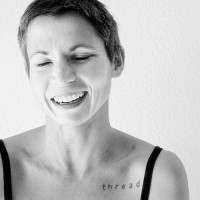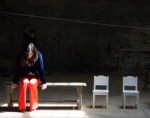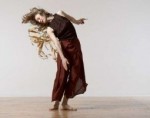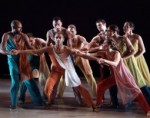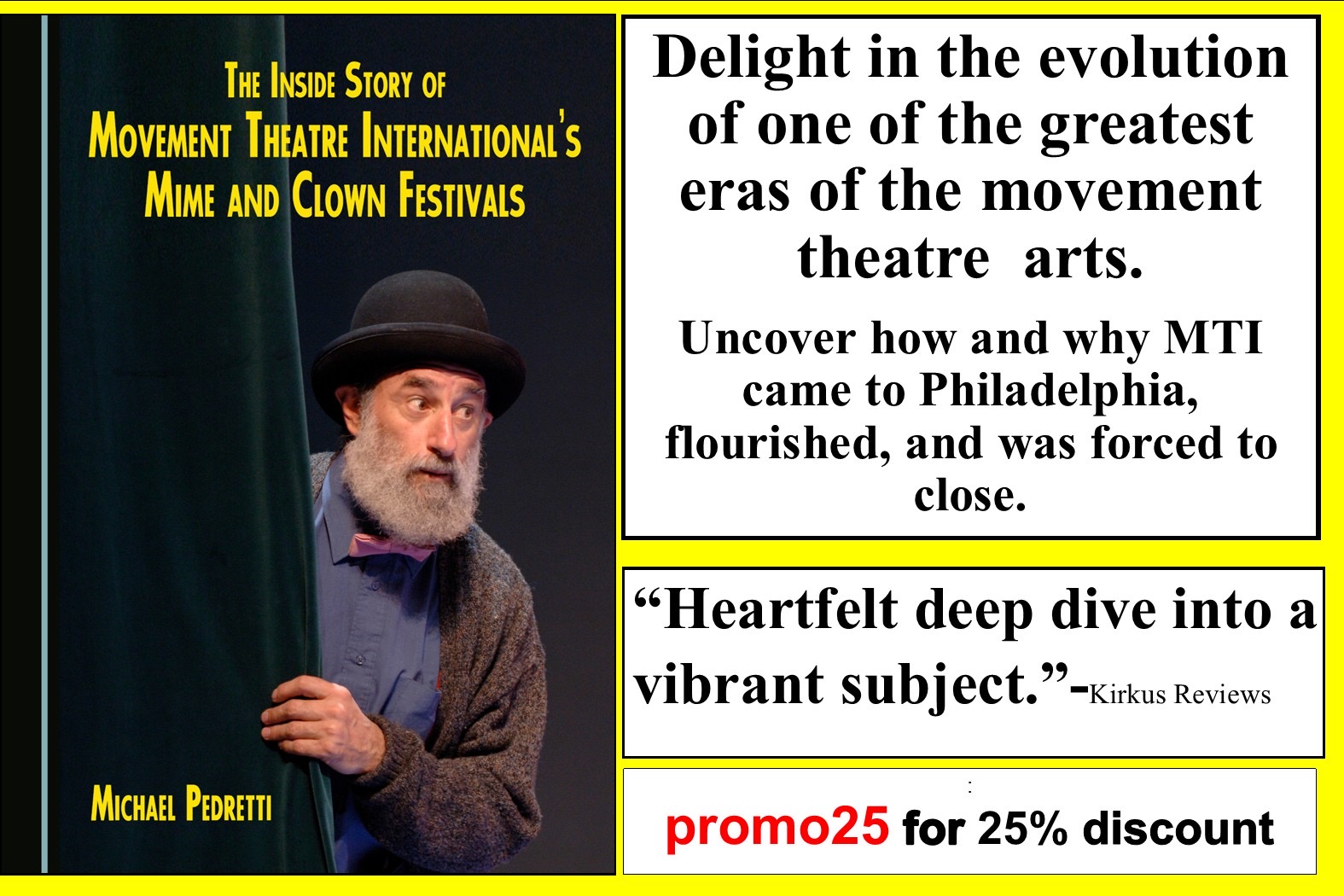
Photo: Suzanne Faulkner
Eyes, Hands, Seeds--Shedding Light On Process
by Kirsten Kaschock
When research scientists present their initial findings to other scientists at conferences or for review, it isn’t exactly a performance. In some ways, the interactions that result are far more fascinating. No thumbs up, thumbs down. Tons of questions and skepticism and—most exciting—the feeling that what matters most is the work itself. The community is being asked to engage with that work fully, to offer both honest response and expertise, to point out gaps, to encourage insight.
At thefidget space, I attended There, there—“an evening of experimental dance”—titled after the last work of the night, a three-person exploration by Brooklyn choreographer, Julie Mayo. Also featured were two shorter works-in-progress: one, a solo danced by Megan Bridge*, excerpted from her continuing work choreographing the ninety-minute opera Dust by the late Robert Ashley; the second, a negotiation between musician Jonathan Pfeffer and Asimina Chremos and her mirror-covered and light-making hands.
Afterwards, dance scholar Laura Vriend moderated a talkback, asking the creators to open up about the “seeds” of their work, the processes they engaged in, the questions explored.
Bridge articulated her history with Ashley’s music (long), her request for permission to use the composer’s music (soon before his death), and her process making movement for the pseudo-pop-song from the second half of the opera (daily improv, culled over weeks).
In “Don’t Get Your Hopes Up,” Bridge skips out into the space. The movement is childish, nearly coy; her direct expression belies this. At one moment she reclines on the floor, extending her leg, presenting her hand as if holding a snifter, and I think of the subject of
Manet’s Olympia, only in a t-shirt, skinny jeans, and Doc Martens. The dance is self-consciously frontal and eerily provocative even when Bridge retreats to the back curtain to jump up and down with flailing arms (think Kermit now). She repeats whole sections as if caught inside the refrain, frozen in loops like a light-struck deer if deer danced in such moments. Even as she invites the audience to look, to satisfy themselves with the familiarity of her motifs, her
top rock and her grapevine and her
buffalos, she makes that looking uncomfortable. She reflects the observers’ gaze back to them from the lens of the stage.
Chremos, wrapped in a hairy blanket, walks onto the marley to tell the audience to move closer, to sit on pillows—on the loft’s stage space even. It’s like a slumber party. Then she tells a story, establishing her authority as a mover. “I’m a dancer…” she says, “when I turn around, I know that you’re seeing my back.” Laughter erupts from the gathered crowd, many of whom are choreographers and performers. Assumptions of an artist’s lack of intentionality made by a general public can be exasperating, and here we are among peers.
Chremos is filling time while musician Pfeffer sets up, but later an audience member suggests that the intro become part of Untitled. It certainly affects my reading of how the two bodies in darkness on the floor first hide, then reveal their technologies: the musician’s beat-and-drone producing equipment and Chremos’s two hands, one gloved in colored lights and the other’s palm scaled in disco mirrors. Her opening suggests to me that she is in full control of the psychedelic fire-on-cave-walls impact of the interplay, giving her a little more time to develop it, easing audience anticipation, letting me revel in this unfolding longer than I might have without her prepping. After she rises, all now glimpsed (if not made explicit), she carves her arms, counterpointing her spine-driven movement with circling light while retaining a sense of interiority—almost in-spiraling. When she lies head-to-head with Pfeffer to end the study, another part of the work is revealed: the primacy of this relationship between sounder and mover, and how often such connections are neglected by the audience, distracted as we can be by smoke and mirrors.
There, there was created by Mayo in collaboration with the performers Katie Dean, Stacy Grossfield, and Jillian Sweeney, and she cites their process together, learning each other, as the impetus for the work. Its series of intersecting trios, duets, and solos overlap and glance across one another with a near-impenetrable logic. Late in the piece, two chairs are set in the space. In one, Sweeney holds dis-embodied clothing, twisting away from the no one seated beside her. She conducts an interview of swerving questions and non-answers with a voice dropped out of nowhere. The linguistic segues offer some insight to the associative work in other sections: a forward-progressing duet of hyperbolic face-making, Grossfield’s writhing-muttering of a repeated one-liner (“I don’t know what to say, but I know how to play”), Dean’s half-undressing, her later re-dressing and final barreling through the space with weighted and full-bodied abandon. I wished the seed of this skewed dialogue—that things will not be adding up—had been planted earlier on.
During the talkback Chremos commented that Mayo’s work seemed “to be about everything and nothing, about life.” As a lover and a creator of collaged works, I am usually entranced by considered juxtaposition, by the curation of random effect. Mayo clearly cultivates her performers’ choice-making during different scenarios. But, even given the type of process she describes, the ordering of the semi-structured scenes and their duration—the play of mini-worlds within a larger one—is within authorial control. And this is where I would suggest continued experimentation.
*Megan Bridge is a longtime thINKing DANCE writer, editor, and incoming Executive Director.
There, there, thefidget space, Dec. 12-13. www.thefidget.org
By Kirsten Kaschock
December 23, 2014


